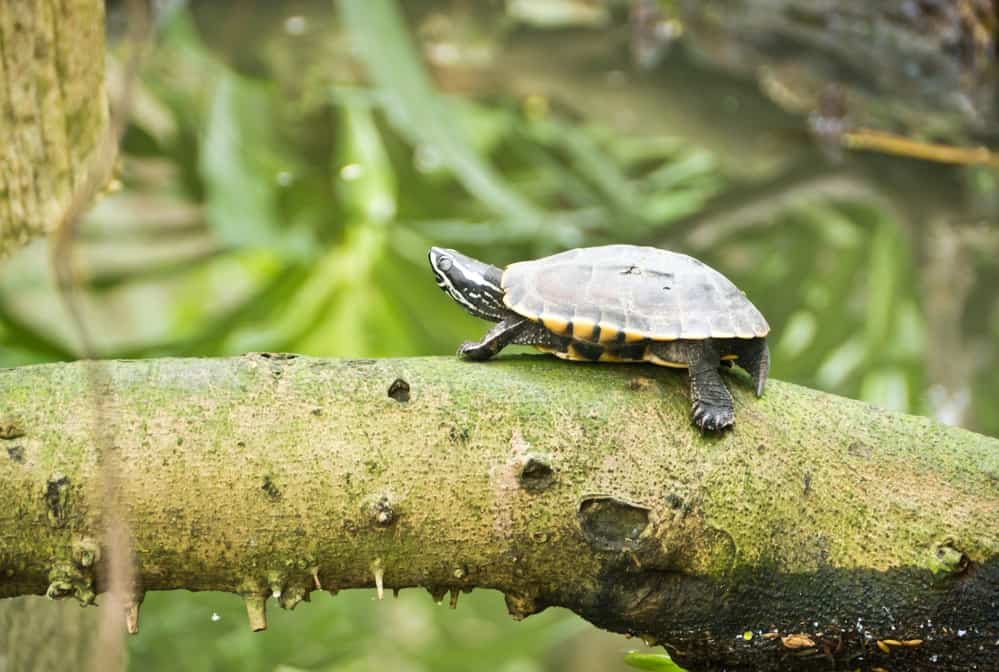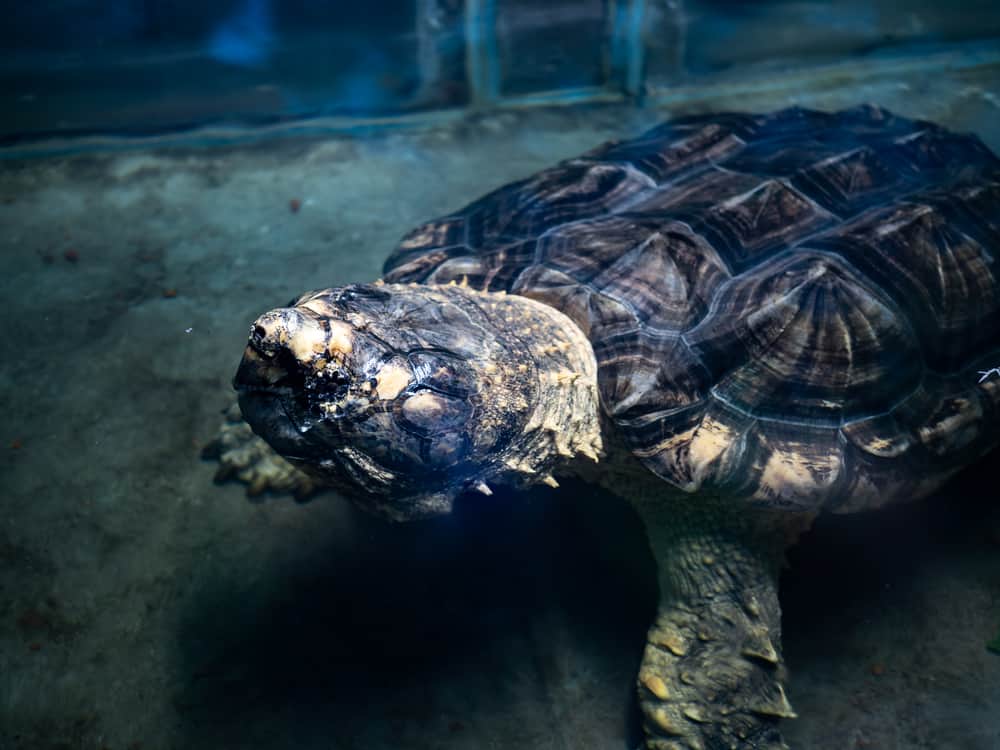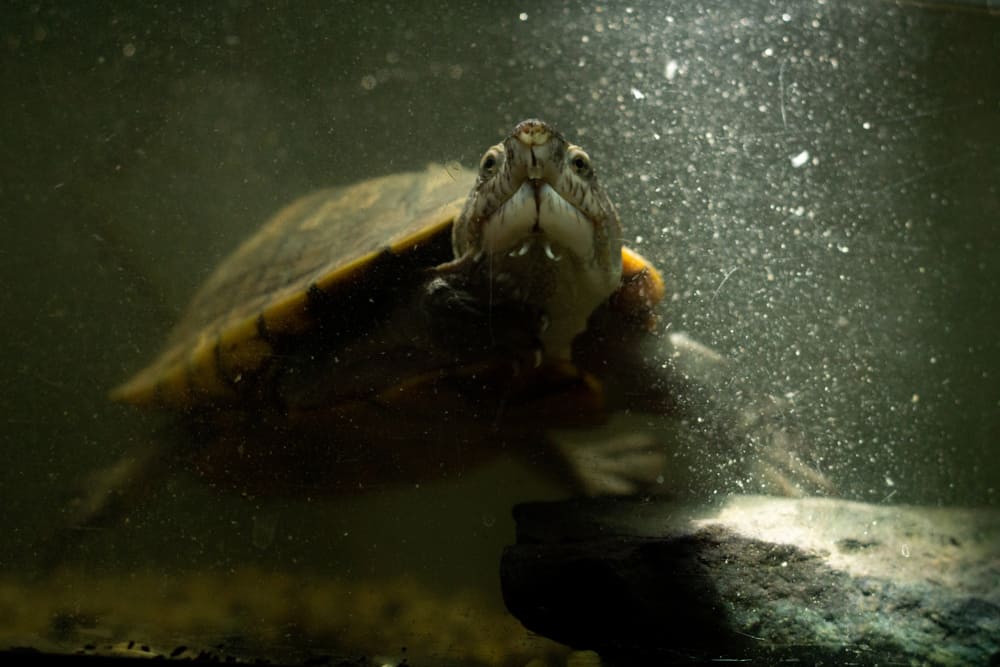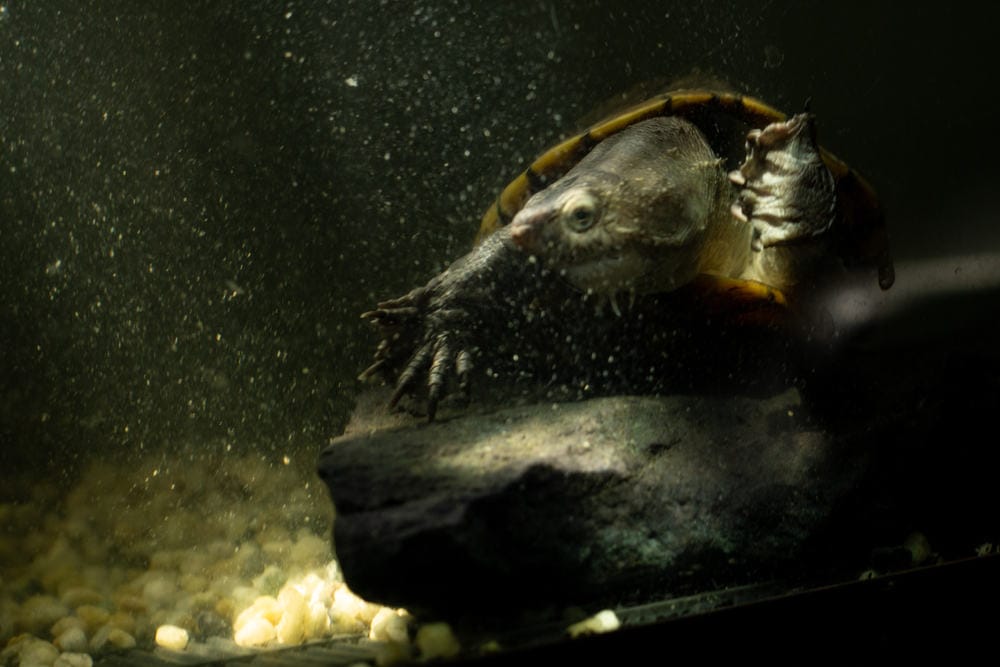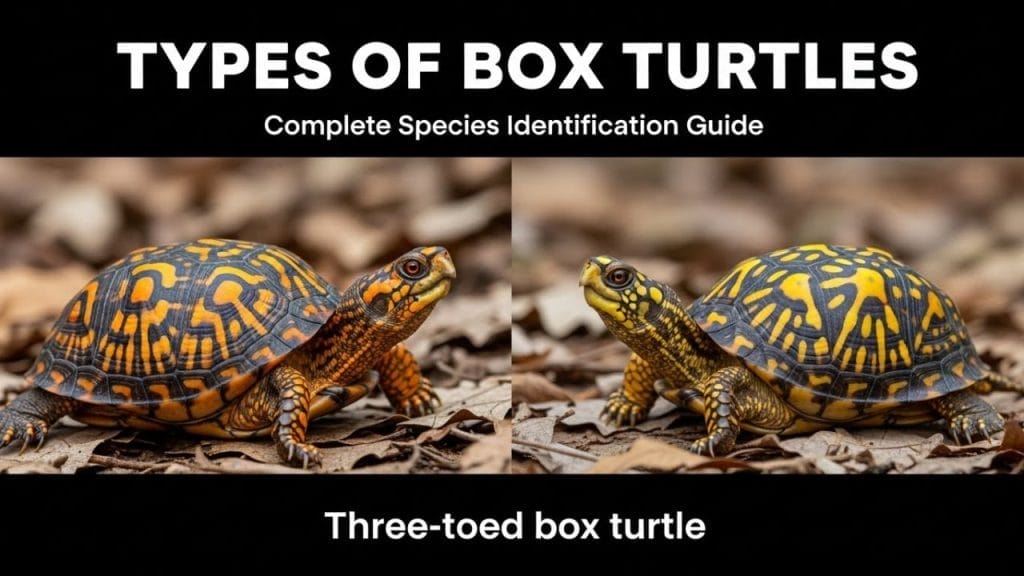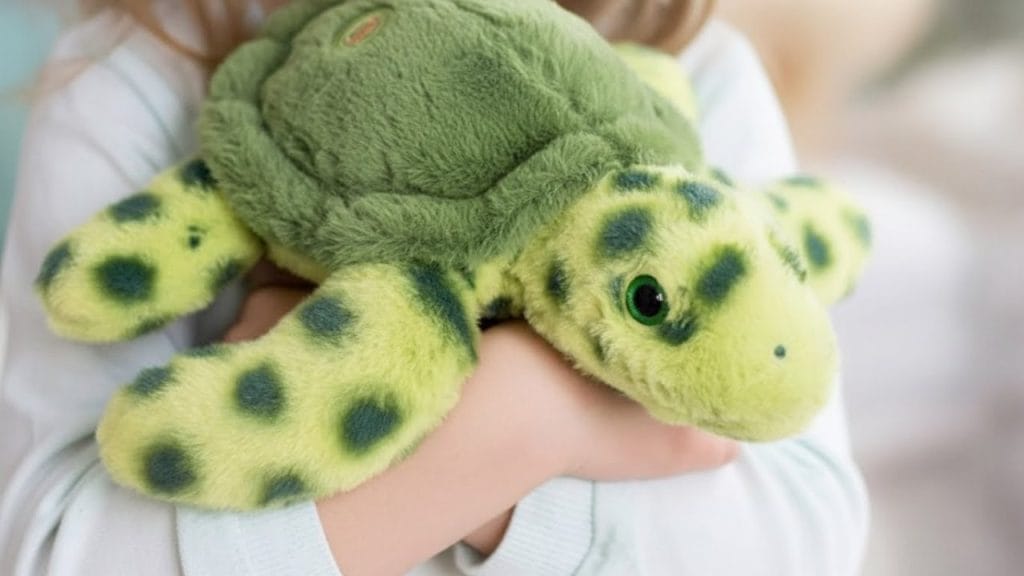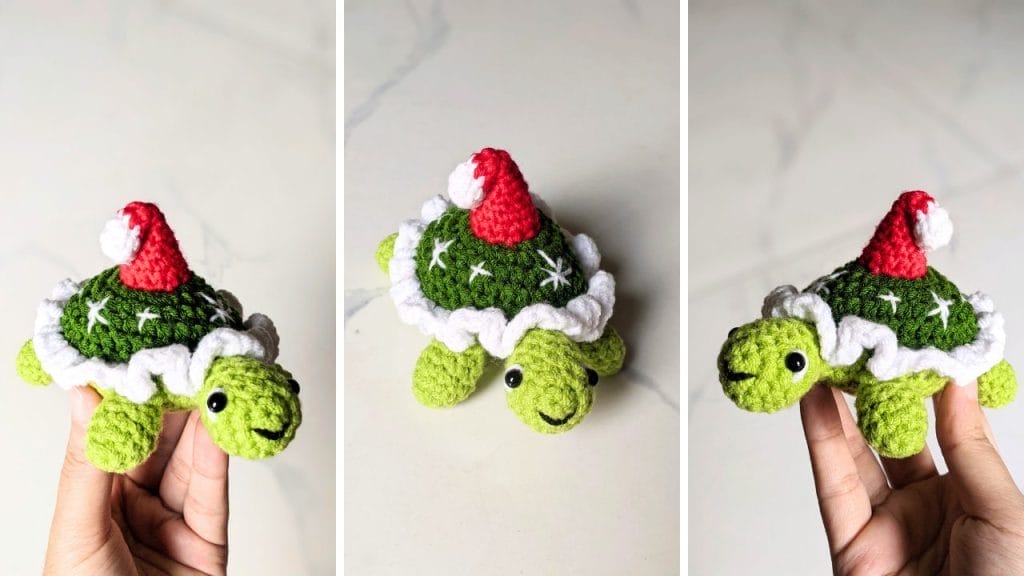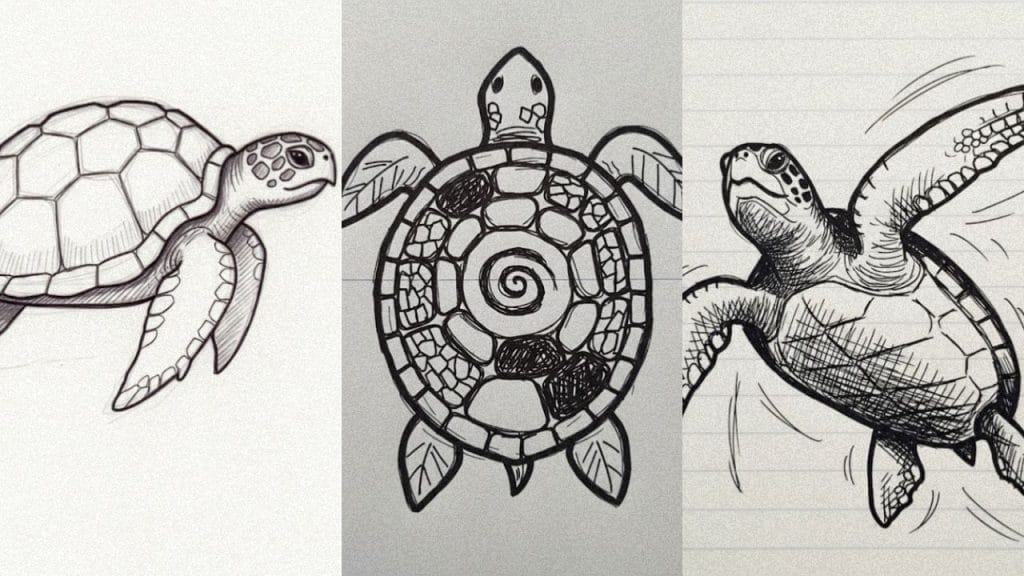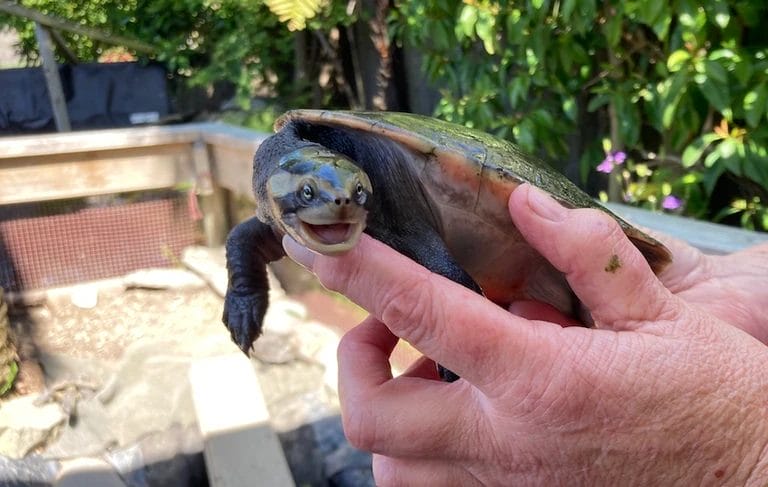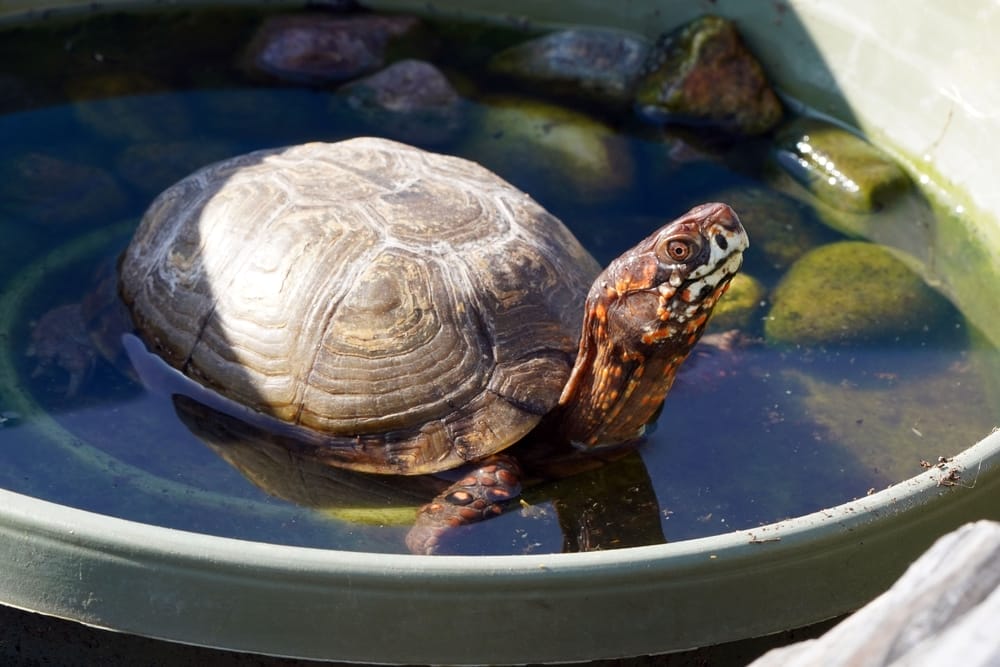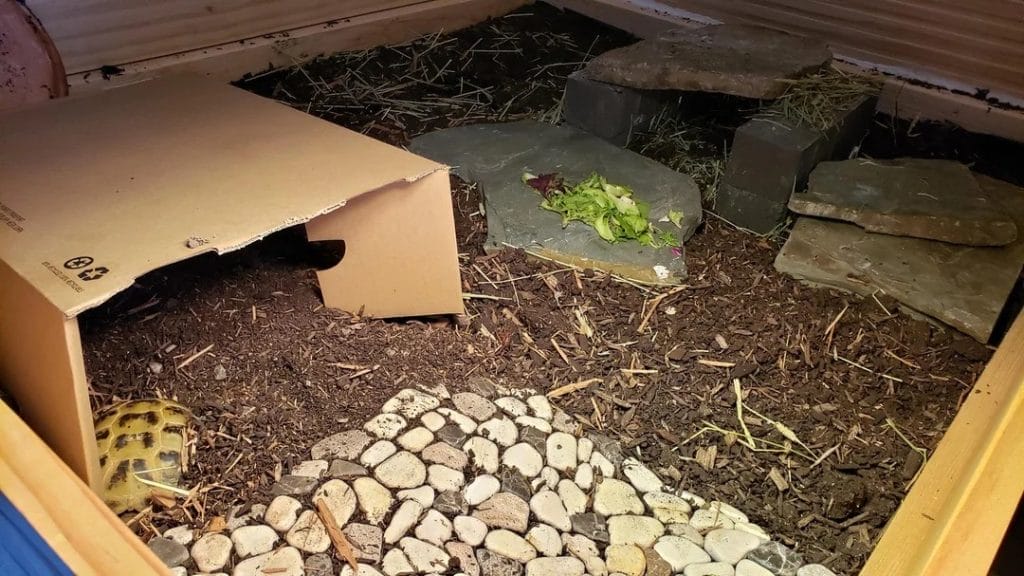Top 10 Mistakes To Avoid When Raising a Pet Turtle: Expert Advice

This post was created with help from AI tools and carefully reviewed by a human (Muntaseer Rahman). For more on how we use AI on this site, check out our Editorial Policy.
So you got a turtle. Congrats! You’ve just signed up for what could be a 40-year commitment (seriously, these guys outlive most relationships). But here’s the thing – most people mess up turtle care so badly that their shelled friends don’t even make it past year two.
Don’t be that person.
I’ve talked to reptile vets, rescue organizations, and turtle owners who learned the hard way. Let me save you from the most common face-palm moments that could cost your turtle their life.
Mistake #1: Thinking “Bigger Tank Later” is Fine
Plot twist: Your turtle doesn’t care about your budget timeline.
Here’s what most people do wrong. They see a tiny turtle at the pet store and think, “Aw, this little guy can live in a 20-gallon tank for now.”
Wrong!
Turtles need around 10 gallons of water per inch of shell length, and that “little guy” is going to grow faster than your expectations. When turtles outgrow their tanks, they become stressed and even start acting out – trying to climb the walls of their small tank, desperate for more space.
The fix: Start with at least a 50-gallon tank for most species. Yes, it’s expensive upfront, but it’s way cheaper than replacing tanks every year or dealing with a stressed, sick turtle.
Mistake #2: Using a Fish Filter for a Turtle
This is like using a coffee filter to clean a muddy swimming pool.
Turtles are messy! A filtration system that can filter twice the recommended amount for your tank can help keep your turtle’s water clean. The golden rule for turtle tank filtration is to choose a filter rated for twice or more the capacity of your tank when it is fully filled.
Why turtles are basically swimming garbage disposals:
- They eat like slobs
- They poop where they swim
- They shed skin constantly
The fix: An adult pet turtle needs a minimum of a 50-gallon enclosure, they should have a filtration system for at least 100 gallons. Get a canister filter rated for double your tank size.
For species-specific filtration setups and water quality requirements, check our detailed guides on red-eared sliders, painted turtles, or box turtles depending on your species.
This Hilarious Turtle Book Might Know Your Pet Better Than You Do
Let’s be real—most turtle care guides feel like reading a textbook written by a sleep-deprived zookeeper.
This one’s not that.
Told from the snarky point of view of a grumpy, judgmental turtle, 21 Turtle Truths You’ll Never Read in a Care Guide is packed with sarcasm, sass, and surprisingly useful insights.
And hey—you don’t have to commit to the whole thing just yet.
Grab 2 free truths from the ebook and get a taste of what your turtle really thinks about your setup, your food choices, and that weird plastic palm tree.
It’s funny, it’s honest, and if you’ve ever owned a turtle who glares at you like you’re the problem—you’ll feel seen.
Mistake #3: Feeding Them Like They’re Tiny Dogs
The weirdest part? People think turtles eat like other pets.
Most turtles should be eating only once every other day, or less. To make it easy, stick to a set schedule like Sunday, Tuesday, Thursday. But here’s where it gets tricky – portion control.
Use the “hollow head” method: Picture the turtle’s head as a hollow container (just the head, not the neck) and the amount of pellets or food that can fit in this container is the appropriate portion size.
Common feeding disasters:
- Overfeeding leads to obesity (yes, fat turtles are a thing)
- Animal protein should not exceed 25% of your turtle’s diet
- Half of your turtle’s diet should be fresh, dark, leafy greens such as collards, dandelions, and kale
Mistake #4: Creating a Fruit Salad Buffet
Your turtle is not a health blogger on Instagram.
Most plant material fed to box turtles should be vegetables and flowers (80%-90%), and only 10%-20% should be fruit. Box turtles often prefer fruit to vegetables, but fruit is high in sugar and is overall less nutritious.
The reality check: Too much fruit causes digestive issues and obesity. Stick to the 10% rule, and watch your turtle try to negotiate for more bananas (they’re surprisingly persistent).
Mistake #5: Skipping the UV Lights
This mistake literally causes a slow, painful death. No joke.
Turtles need 8–10 hours of UVB ray exposure a day. Sunlight from windows is not a sufficient source of UV rays because glass blocks most UV radiation.
What happens without proper UV lighting:
- Metabolic bone disease (soft, deformed shells)
- Weak immune system
- Eventually death
The fix: Get a proper UVB bulb designed for reptiles. Lights should be replaced every six months, even if the bulb still emits light, as their potency decreases over time.
Turtles need 8–10 hours of UVB ray exposure a day—our painted turtle care guide explains proper UVB setup with specific bulb recommendations and positioning details.
Mistake #6: Wrong Water Temperature = Sick Turtle
Here’s something that’ll blow your mind: Pet turtles require a heat lamp to help regulate their temperature. Different species require different temperatures, but on average, turtles prefer 82–86 degrees F during the day and 74–80 F at night.
Cold water leads to:
- Respiratory infections
- Digestive problems
- Lethargy and loss of appetite
Pro tip: The water in an aquatic turtle’s enclosure should be maintained at 75 F with an aquatic heater. Get a submersible heater with a thermostat.
Mistake #7: Dangerous Food Choices
Some foods are basically poison to turtles. Let’s talk about the biggest offenders:
Vegetables to Avoid:
| Dangerous Food | Why It’s Bad |
|---|---|
| Iceberg lettuce | Offers little nutritional value and can cause digestive issues due to its high water content |
| Avocados | Toxic to turtles |
| Chives, parsley, and spinach | Contain high levels of chemicals called oxalates |
Processed foods: This includes things like lunch meat, sausage and canned foods. Basically anything high in salt or other preservatives.
Mistake #8: Putting the Tank by a Window
Plot twist: That sunny spot is actually a death trap.
Most windows block UVB and most UVA light, which is what your turtle really needs. The light coming through does not help your turtle. It does, however, help algae grow, which will strip important oxygen from the water.
Even worse: Placing a tank in front of the window in the summer can super heat the water, which can cause the turtle serious and immediate health problems.
Mistake #9: Mixing Multiple Turtles
The uncomfortable truth: Adult turtles always find a reason to fight with each other, they will fight over food (even if it’s enough for everybody), they will fight for territory, they will fight for mating partners, they will fight to prove who is more dominant.
Male aquatic turtles tend to fight with each other, so they should not be housed together.
The fix: House turtles separately, or be prepared for turtle MMA in your living room.
Mistake #10: Skipping Vet Visits
Here’s the kicker: Turtles require annual veterinary care for routine wellness visits, just like other pets. It can be difficult to notice symptoms when your turtle is sick, and an illness may have progressed by the time you start to see any signs.
Find a vet who knows reptiles BEFORE you need one. Trust me on this.
The Bottom Line
Turtles aren’t low-maintenance pets. They’re long-term commitments that need proper setup, diet, lighting, and healthcare. But get it right, and you’ll have a fascinating companion for decades.
The biggest tragedy? Turtles are the most abandoned pet in the United States. Don’t contribute to that statistic.
Ready to be a turtle parent? Start with research, invest in proper equipment, and remember – your turtle’s counting on you to get this right. They can’t exactly order their own UV bulbs on Amazon.

About Author
Muntaseer Rahman started keeping pet turtles back in 2013. He also owns the largest Turtle & Tortoise Facebook community in Bangladesh. These days he is mostly active on Facebook.


